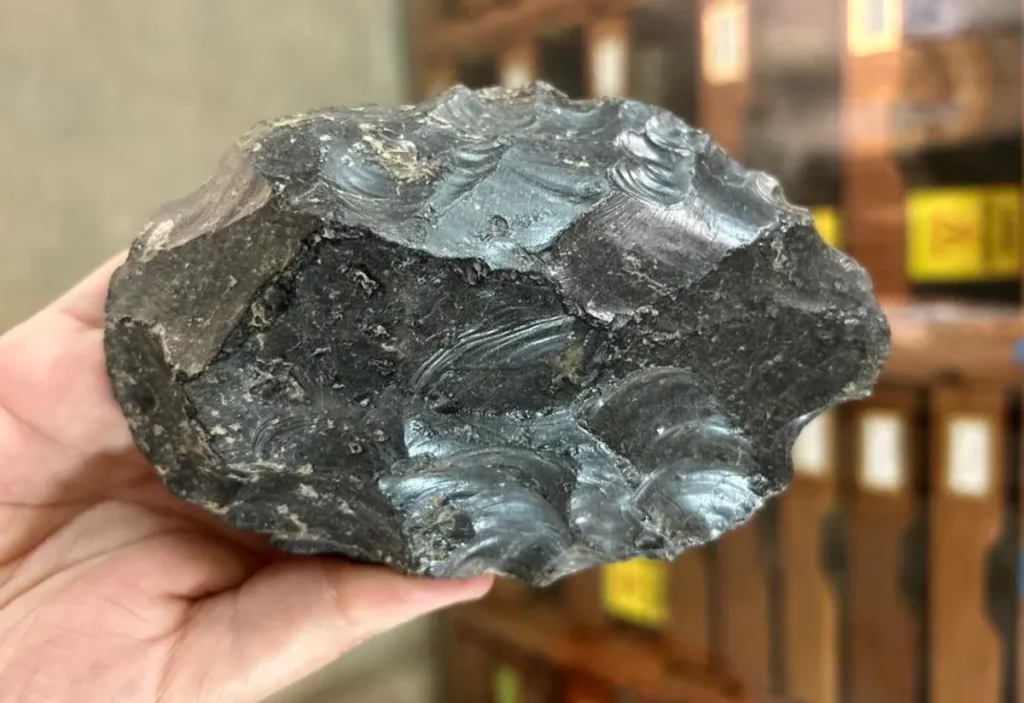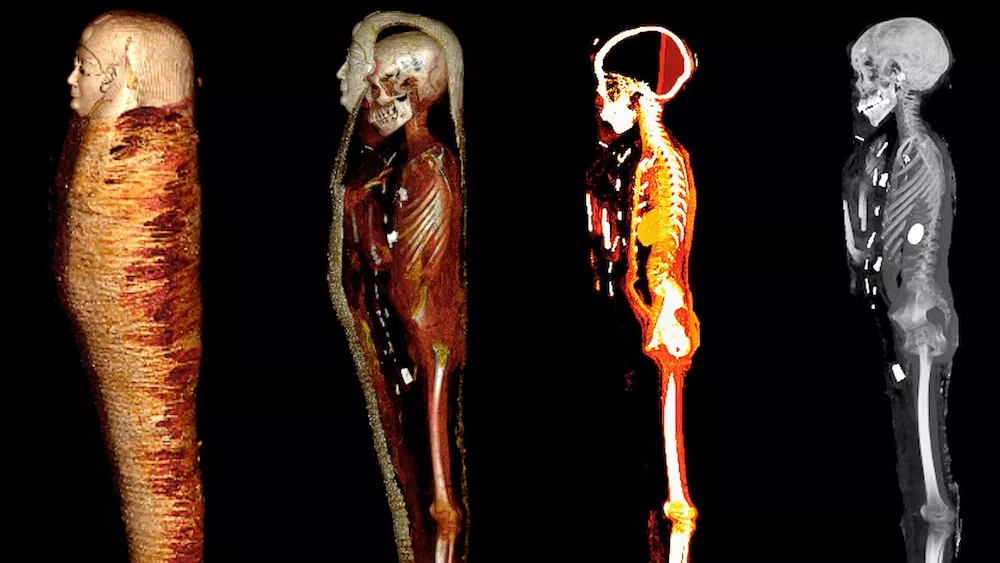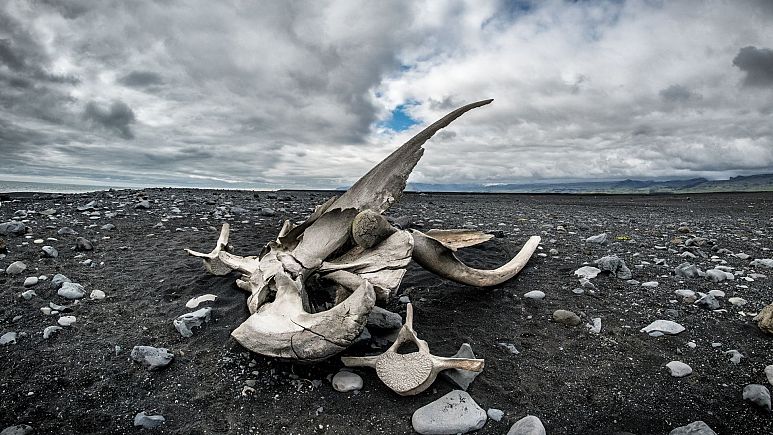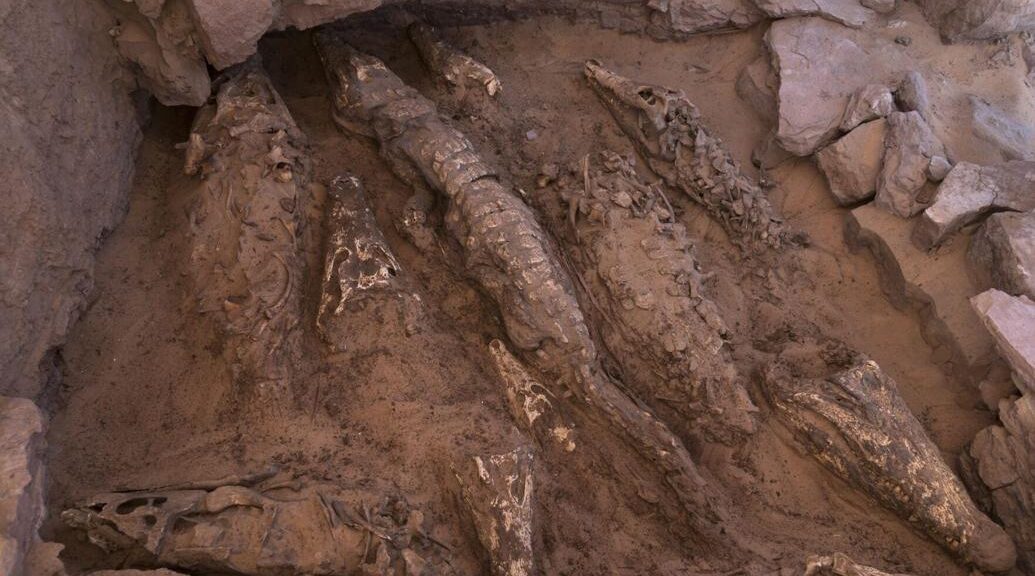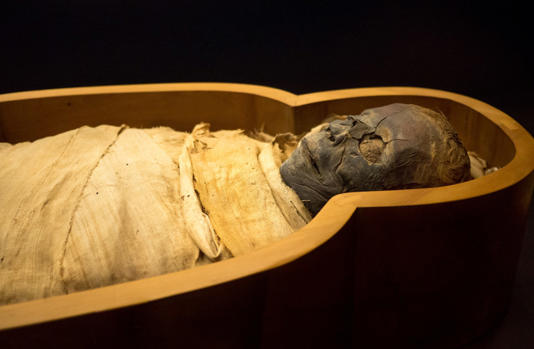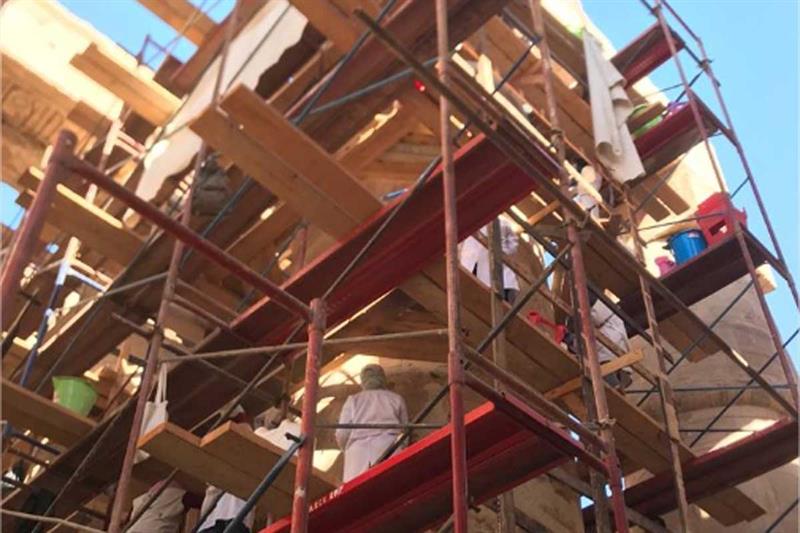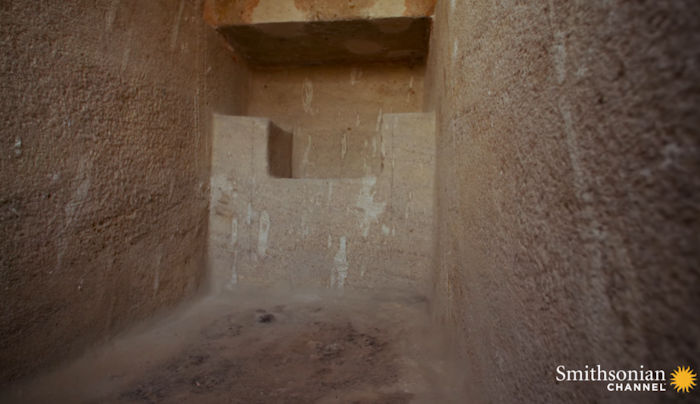Egyptian Tomb Carving May Be Earliest Depiction Of Circumcision… Or Something Far More Painful

We humans have been messing with our willies for thousands of years, and while penis science has come a long way in that time, getting the snip in Ancient Egypt was apparently a rather crude affair.
Thought to represent the earliest ever depiction of a circumcision, a scene carved into a 4,300-year-old-tomb shows a male figure having his sphinx sculpted, although some scholars say the engraving may actually portray a considerably more excruciating procedure.
Located in Giza, the tomb of Ankhmahor belongs to a political advisor to King Teti of the Sixth Dynasty and has been dated to 2340 BCE.
Though there is no evidence to suggest that Ankhmahor was himself a physician, his crypt has been nicknamed the “doctor tomb” because of the various medical scenes carved on its walls.
The most famous of these is the circumcision scene, which has been the subject of multiple interpretations since its discovery by Victor Loret in 1897. Sliced into two sections, the scene shows two stages of an operation, though exactly what is going on is still up for debate.
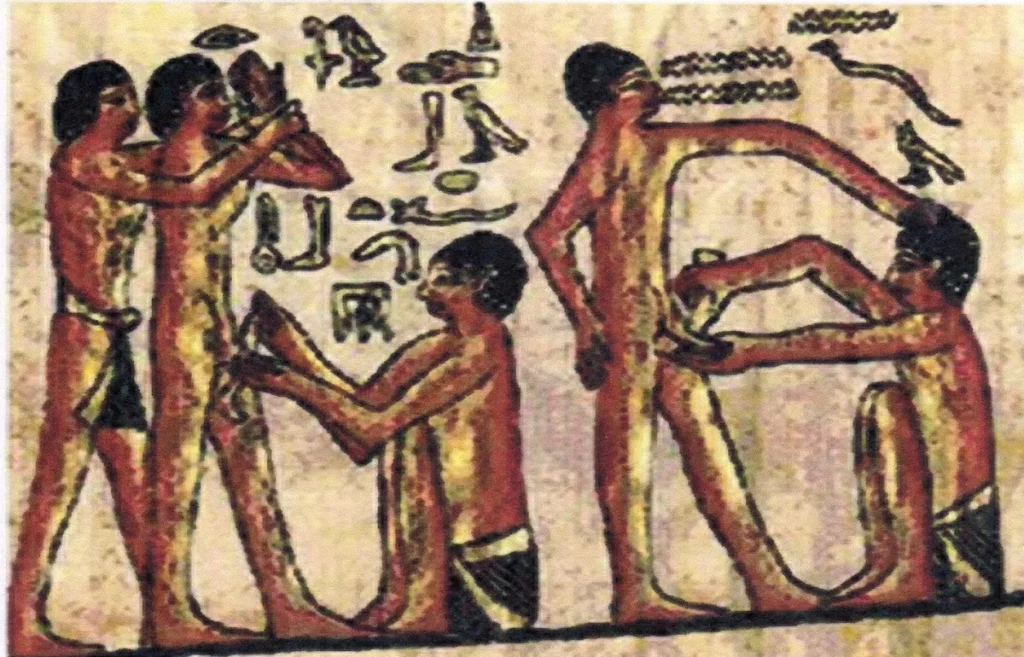
On the left, a man is apparently being physically restrained by another man, while a third character chisels away at his artifact and says (in hieroglyphs) “hold him still. Don’t let him faint.”
On the right, however, the fella having his old geezer chopped is left unrestrained and tells the operator to “sever, indeed, thoroughly.” To this ballsy command, the guy holding the knife promises to “proceed gently”.
According to a recent analysis of the carving, the scene might portray two separate techniques for performing a circumcision.
The unfortunate chap on the left, the author says, could be having a trim without any painkillers, which might explain why he needs to be restrained and prevented from passing out.
Meanwhile, the surprisingly relaxed guy on the right may have received some sort of analgesic and is therefore in less discomfort.
“We do not have information about the nature of the material that was used to avoid struggling of the person who had the circumcision,” writes the author, who concludes that “it is possible that the ancient Egyptians had knowledge about local anesthetics.”
A separate interpretation holds that the right-hand side of the scene shows a young man acting tough while preparing to be circumcised, while the left-hand side depicts the same person on the verge of fainting during the procedure a few moments later.
Yet another reading of the scene proposes that the person on the left is actually having his penis rubbed with a stone. It has been suggested that the rock in question may be the so-called Stone of Memphis, which is made of carbonate of lime and has a painkilling effect when mixed with acid. Thus, it may be that the man on the left is actually the one receiving a local anesthetic.
Finally, and most disturbingly, the left-hand part of the scene might not be a circumcision at all, and could instead show a surgical treatment for a horrible condition called paraphimosis. This occurs when an infected foreskin swells up and retracts to below the head of the penis, cutting off blood flow and potentially leading to gangrene.
This would certainly explain the extreme pain experienced by the patient on the left, while the circumcision depicted on the right could be seen as an instruction for preventing paraphimosis.
Quite the epitaph, you have to say.


